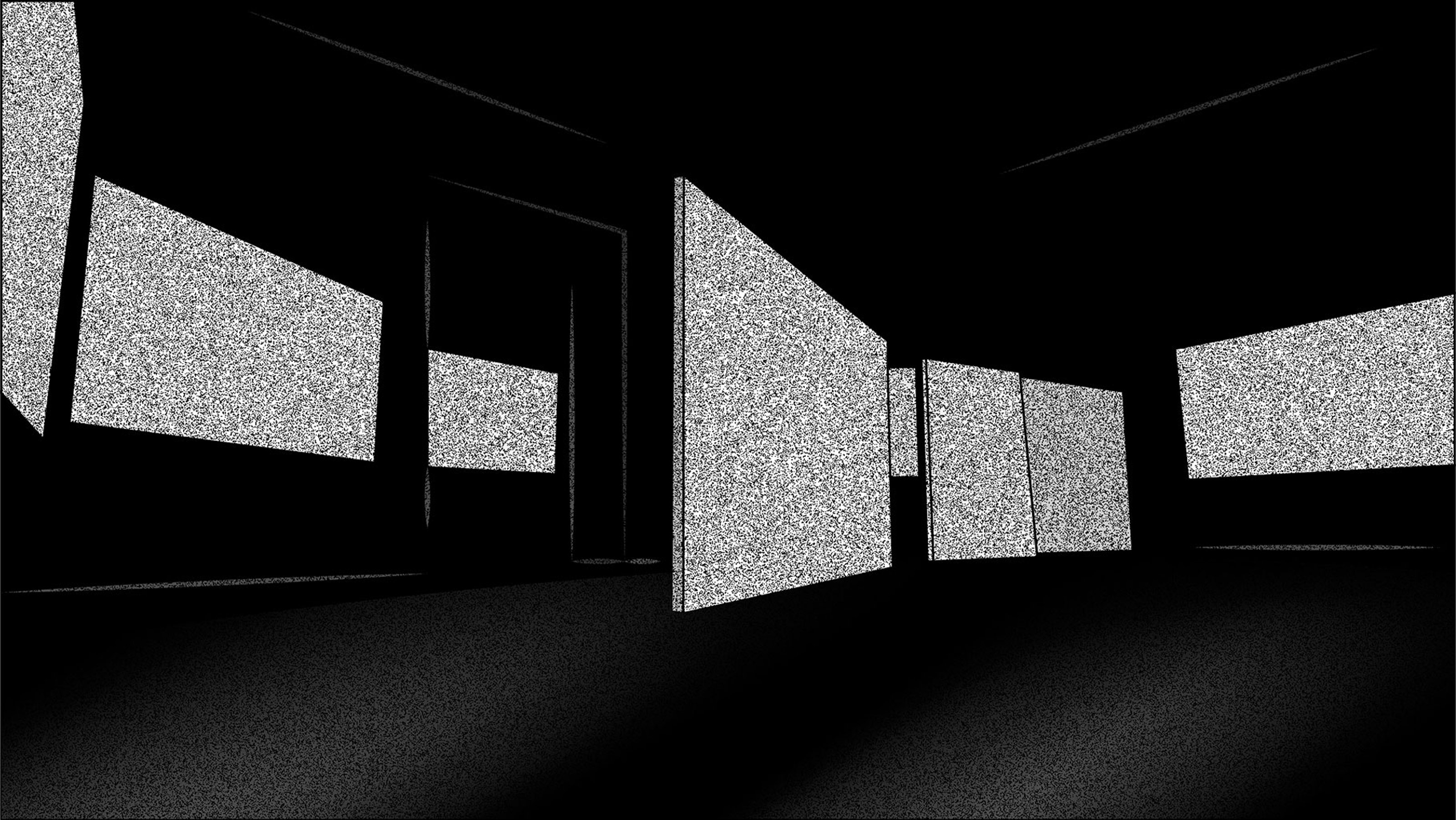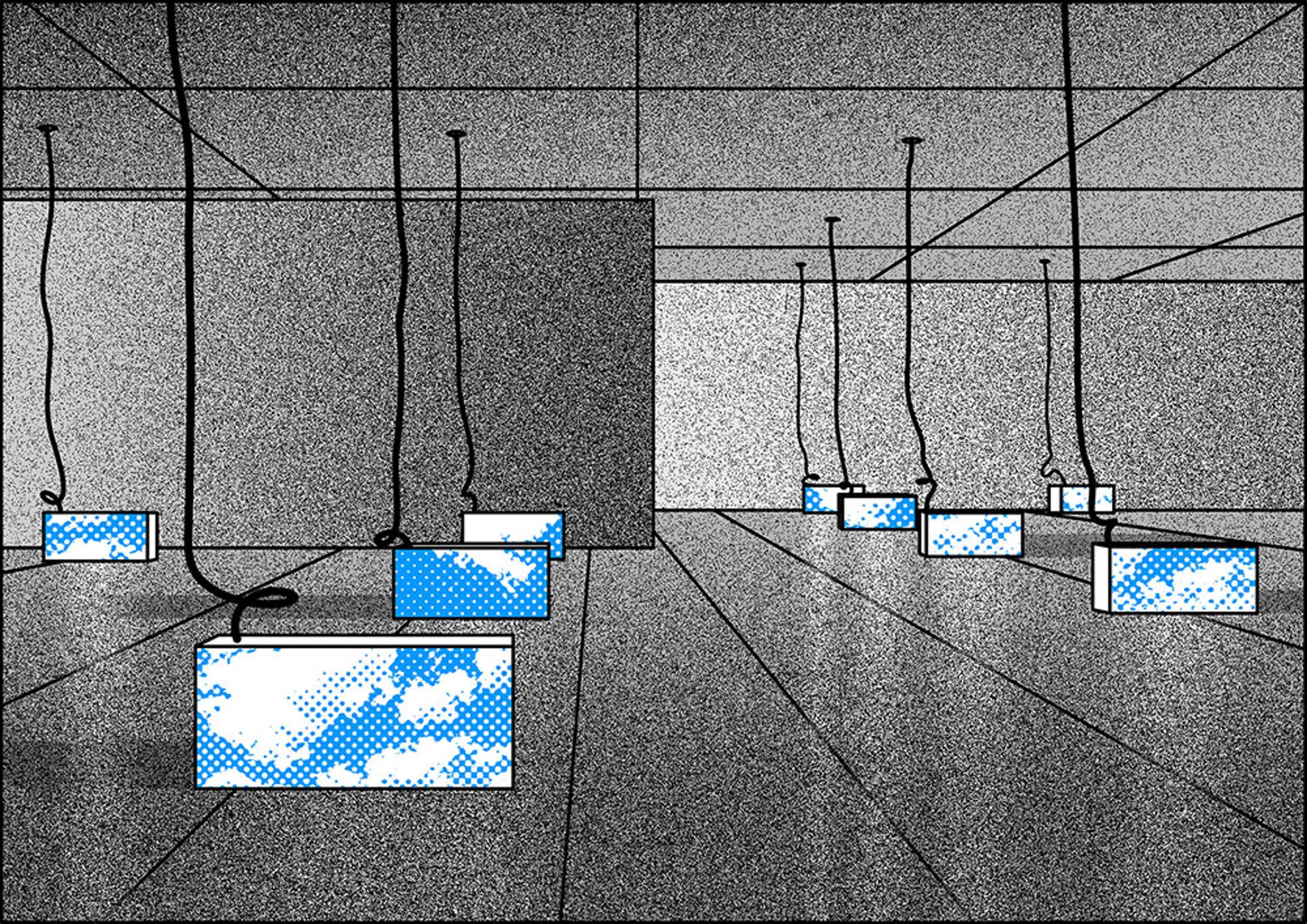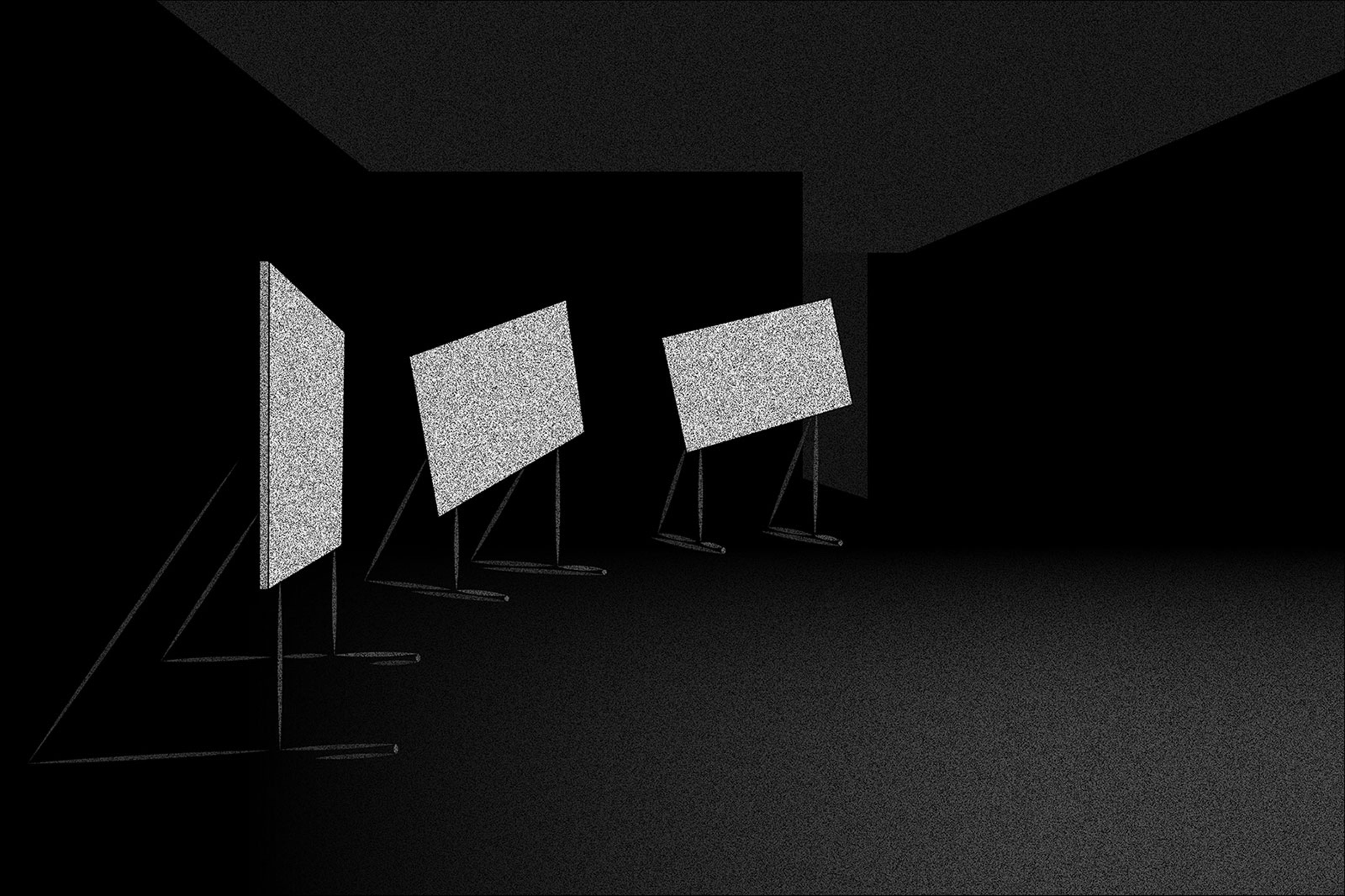As one of the last markers of distinction separating the bourgeois from the truly affluent, the act of collecting has historically been accorded almost exclusively to the wealthy. The current state of the commercialized art world hasn’t done much to change this perception. In the decades since a robust 1980’s market first introduced eye-watering prices for modern art to a wider public, events such as Art Basel and a hundred copycat fairs have sprung up around the globe hoping to get a sliver of the 1%’s action. Nevertheless, arts professionals are the first to admit that the current market, which is largely dominated by painting and sculpture in brick-and-mortar locations, does not reflect the modern experience of living in a perpetually-networked world. When faced with this reality one must ask: is it really possible to collect the truly ‘contemporary’ without also collecting the digital?
Contemporary art – in the true sense of the word – has always adopted the themes and struggles of its source generation as creative material. Undeniably, the most dominant feature of present day society is its technology: at any given second billions of snippets of code are manifesting themselves in the form of texts, images, and sound on electronic devices around the world. In certain forms of contemporary art these technologies are collectively referred to as ‘Post-Internet’ or ‘New Media’ art, in which online social systems, globalization and corporate culture are neatly twisted into fun-house mirror images of our personal experiences with machines. A sculpture becomes an amalgamation of pixels presented in an online exhibition space. Paintings become GIF’s or interactive environments conveniently made downloadable and browsable on a VR headset. Video games and online avatars are just as equally prone to manipulation: artists like Cory Archangel, Ian Cheng and Andrea Crespo have shown that it is possible to produce starkly original works with a bit of curiosity and a limited knowledge of programming. Back in 2014, the artist Amalia Ulman perpetrated a hoax entitled Excellencies and Imperfections on Instagram in which she documented the rise of her own alter-ego, a wannabe it-girl in LA, over the course of four months. Ninety-thousand followers and one faked breast augmentation later, the feed was revealed as an artistic performance. In 2016, Excellencies was the first piece of social media art to be exhibited in an institution as part of a group show at the Tate Modern.

In short, almost every modern device, social media system, or app has been parodied, manipulated, recycled, and spit out by a contemporary artist somewhere in the world. Modern mixed-media art practices can actually be traced as far back as the 1960’s, when Nam June Paik and members of the Fluxus group incorporated electronics into their performances. The late adoption of such pieces by mainstream collectors in that era is strikingly similar to the situation in today’s market in which Facebook, Google, and Instagram are so embedded in daily routines that buyers find they are not yet able to take them seriously as platforms for ‘serious’ art. This is partially due to the fact that in strictly digital media, no physical commodity is produced. Even galleries and museums must grapple with problems regarding ownership, storage, and conservation of a particular digital work. After all, how is it possible to reconcile the desire of the art market for exclusivity with an app, computer program or web page that is freely viewable on the internet? Moreover, what happens when the technology required to view these artworks goes obsolete? Throw into this the original desire of many of these artists to undermine the traditional gallery-institutional model and buyers are faced with a positive soup of logistical problems which might understandably squash any desire to purchase.

The greatest disadvantage (or advantage, depending on who you ask) of art made on or from the internet is its very nature of being infinitely reproducible. What most arts organizations are loath to admit is that the entire makeup of their financial model is dependent, more or less, on a thin veneer of selectiveness and glamour, carried out by an army of underpaid, black-suited gallery attendants and luxury party planners around the globe. Buyers must be petted, coddled, and reassured. Art which can only exist on an essentially ephemeral platform is difficult to sell because there is never a final product: whatever edition of the ‘piece’ might be available is almost entirely dependent on the popular technology of any given year (or month) – technology which might be rendered obsolete at any moment by the adoption of a newer operating system.
Luckily, such complicated issues have not deterred would-be vendors. Most young galleries attempt to straddle the divide between the digital and physical realm by exhibiting shows in both online and physical spaces at the same time. Kraupa-Tuskany Zeidler in Berlin and Bitform Gallery in New York, two commercially successful galleries whose artists have a strong focus in New Media and Post-Internet art, have been showing at Frieze art fair for several years. In other arenas, heavy hitting collectors like Julia Stoschek and Anita Zabludowicz, whose influence is partly to thank for the wider acceptance of new media artists in institutional shows, host public exhibitions of their own collection’s significant digital holdings.

Lastly, when it comes to the actual numbers, prospects for new media art do not seem quite so dim. According to independent research, the global online art market as of 2017 was worth a total of US$4.22 billion, with an average annual growth of 12% annually since 2015. These are impressive figures. To compare: as of 2018 the global art and collectibles market was estimated in a report by Unico as worth over US$1 trillion. A further 2018 online art trade report by Hiscox reported that an astounding 17% of these buyers purchased a piece of new media art. Compare this to the physical auction sales at Christie’s and Sotheby’s which, in the same period, fell 22% and 29% respectively (despite well publicized record sales for single pieces), and it is easy to surmise that statistics are pointing in the direction of a general trend, although without more precise data it is difficult to track which how many of these numbers have been inflated by money-laundering practices. Such findings, given the notoriously opaque transactions even at the highest level of the art market, merely emphasize the immediate need for the adoption of a technology to effectively control and archive the content of digital works as they make their way between buyer and seller.
As the market for fine contemporary arts becomes increasingly expensive it will be interesting to see if the sheer affordability and accessibility of digital art begins to subvert it. Judging by the overwhelming number of institutional shows and biennials devoted to the topic, the universal adoption of the world wide web, at the very least, has made it glaringly apparent that digital artists are the ones writing the future of art history. Communal appreciation made possible by a shared digitized existence is slowly but surely chipping away at the bloated vendor system of the commercialized art world. As we move with increasing speed into a completely networked society in every facet of our expression, it can be predicted with some certainty that the digital art of today will, in fact, become the fine art of tomorrow.